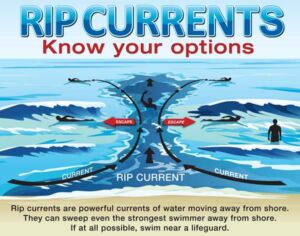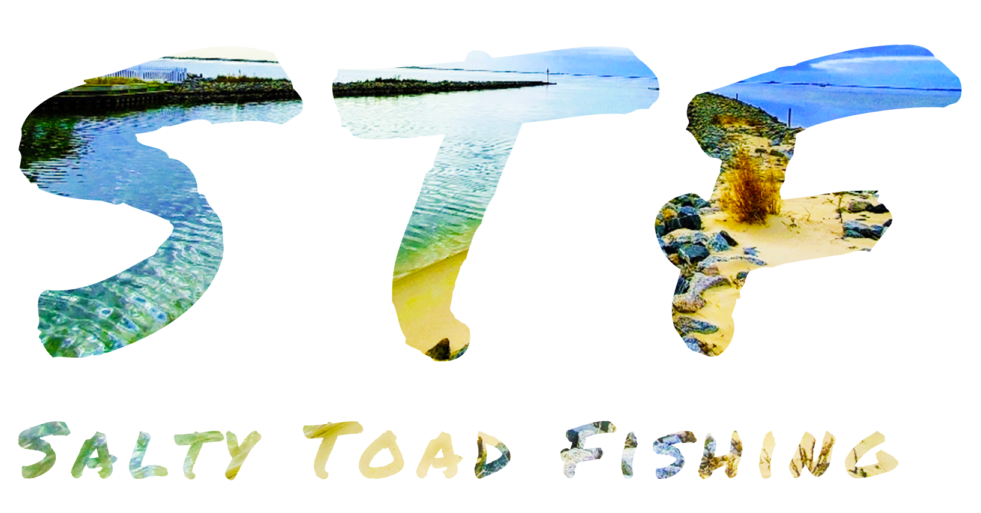Tides:
Tides are one of the countless interesting things involved with the oceans. Whether you’re new to fishing ocean waters, or you are just interested in how tides work, I will be breaking down what exactly tides are and how they act throughout every day.
What Are Tides?
Tides can be confusing to some people, not understanding what they are, and how they work. In this article I will be explaining what exactly they do. Tides are most commonly known as the rise and fall of the oceans water level.
They are long drawn out waves that occur throughout the day, causing the oceans levels to rise and fall. Due to Earth’s rotation, and the gravitational pull from both the Sun and Moon, this causes these waves that we know as tides. Given that the Moon is closer to Earth than the Sun, the Moon has more of a direct impact on tides. Generally every lunar day, there are 2 high tides and 2 low tides that occur. A lunar day is a touch longer than normal at 24 hours and 50 minutes. Roughly every 12 hours and 25 minutes we see a high tide, with low tides occurring in between these occurrences. For example, if the first low tide was 3:48am and high tide was 10:00am, we could expect a low tide around 4:12pm, and the second high tide around 10:25pm. Due to the lunar day cycle, this causes tides to continually change day in and day out, in a predictable fashion. This is how we are able to plot when we can expect both the highs, and lows throughout the day.
High Tide:
High tide is the highest point that the water level has gotten to during its cycle. Whilst high tide is approaching, the water is pushing inland with the long wave that I spoke briefly about earlier. As soon as the tide reaches its highest point, or “high tide”, it begins outgoing again until it reaches its low tide. This is commonly known as outgoing tide, or ebb current. Again, it takes roughly 6 hours and 12 minutes between each tide to get to its highest, and lowest point.
Low Tide:
Low tide, as I’m sure you’ve gathered thus far, is when the ocean level has gotten to its lowest point in the current cycle. Opposed to the high tide, the water is now pushing out from the shorelines, for ~6 hours until it reaches its low point. Again, this is caused by the gravitational pull that the Moon and Sun provide, causing the long waves to rotate and go back outwards. Once the water levels reach its lowest point, or “low tide”, they would then flip and begin pushing back inward. This is known as an incoming tide, or flood current.
Slack Tide:
Slack tide is known as the time when ocean water is at its most stagnant state. Slack tide occurs when the water is neither rising or falling at the current time. It is difficult to gauge exactly when slack tide occurs, because many variables go into its occurrence based on one’s location. A general rule of thumb is that slack tide lasts anywhere between 30-60 minutes, before the water begins back on its path inwards or outwards. A slack tide occurs once every tide cycle, four times every lunar day cycle.
Rip Tides:

Rip tides, also commonly known as rip currents, are responsible for at least 100 deaths throughout the U.S. annually. A rip tide is a fast moving current of water moving away from the shore, bringing any swimmers in the path out with it. Rip tides have been known to pull even very strong swimmers offshore with its fierce strength and currents. Although a rip tide will not pull you under water, it will pull you offshore at speeds anywhere from 1 to 8 feet per second. It is absolutely crucial to be able to diagnose the signs of rip currents being present, and avoiding them at all costs.
Identifying the signs of a rip current is one of the most beneficial pieces of knowledge someone can attain. A few of the common signs that a rip tide is present include: a channel of foam or seaweed moving steadily away from shore, a difference in wave/water patterns as they’re approaching the beach, a section of water that appears to be choppier than the rest, or a section of water with a murkier water color. If any of these signs are present, DO NOT go in the water. It is also advised to swim near a lifeguard, and with others whenever going in the ocean. It is not safe, nor is it smart to swim in the ocean alone, with the countless possibilities and strengths that it entails.
If someone were to get caught in a rip tide, the best thing to do is to not panic, and try to stay calm. Do not try to swim back to the beach, against the rip tide, because you will not succeed. Instead, you should swim parallel with the beach. The current will be pulling you out while doing so, but this is why staying calm is so important. Swimming parallel with the beach will allow you to swim outside of the rip current, and return to the beach safely when back in normal water. Below I will attach a short youtube video that provides a great visual presentation of a rip tide.
(Image Credits : https://www.weather.gov/safety/ripcurrent-media?fbclid=IwAR0ay3rQKYMm_QvWAZyXvMH8kRKVNnWVHP22HqALiEAb9mqCgYkcmlGw-Dg)
(Video Credits : https://www.youtube.com/c/UNCCSI)

